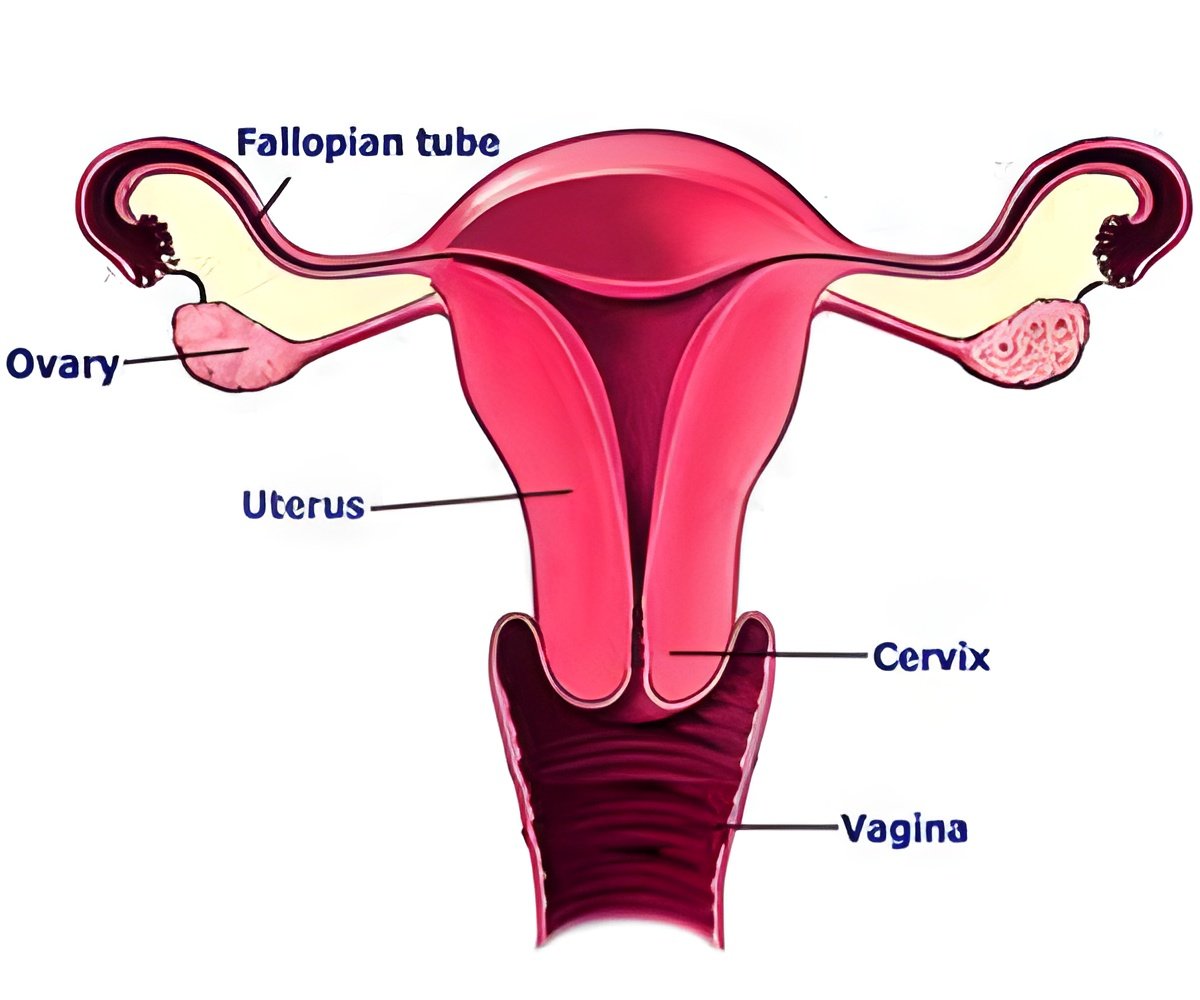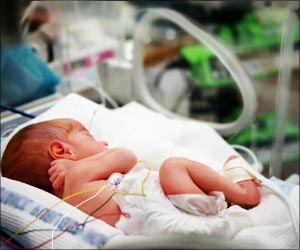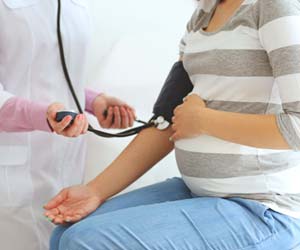A new study by has found that the removal of Ovary, known as oophorectomy, in women before the age 45 is strongly linked with low-bone mineral density and arthritis in later years.

The investigators were interested in studying the long-term effects of ovary removal, known as oophorectomy, on bone health since the procedure is recommended to reduce ovarian and breast cancer risk in women at high risk for these diseases. Oophorectomy also is a common procedure in women who undergo hysterectomy, or womb removal. In the U.S., about 600,000 1 women per year undergo a hysterectomy, or womb removal, and about half of these women also have both ovaries removed. Hysterectomy is commonly performed in middle-aged women to treat symptoms of pain or bleeding caused by conditions, such as fibroids, endometriosis, or uterine prolapsed, or cysts. Women having hysterectomies for these benign conditions may also have their ovaries removed at the same time, believing that it will reduce cancer risk, according to Visvanathan.
Regardless of the reason for such surgery, however, the procedure has adverse effects, the Hopkins researchers say. Levels of estrogens and related hormones that are normally produced by the ovaries fall steeply after oophorectomy, bringing on menopause abruptly in women who are not yet postmenopausal. Estrogens help protect the body from aging and age-related disease, and physicians and epidemiologists over the past two decades have linked their premature loss to increased risks of parkinsonism, dementia, arthritis, and the brittle-bone condition known as osteoporosis.
For the study, Anne Marie McCarthy, a Ph.D. candidate at Hopkins' Bloomberg School of Public Health, and Visvanathan used existing information from a health research database, called the third National Health and Nutrition Examination Survey (NHANES III). The information was gathered as part of a U.S.-sponsored epidemiological study conducted during 1988-94, and, among other health measures, it includes data from standard, X-ray-based measure of bone-mineral density in the hip and spine for thousands of women. "Using the NHANES III data, we set out to measure bone mineral density in women who'd had a bilateral oophorectomy compared with women with intact ovaries," says McCarthy.
Of the data on 34,000 Americans aged two months and older included in the NHANES III study, McCarthy focused on more than 3,700 women aged 40 and over with no history of cancer. Most had intact ovaries; of the 560 women who had oophorectomy, about half had surgery before age 45.
McCarthy found that women who had both ovaries removed before age 45 had on average three percent lower bone mineral density than women with intact ovaries.
Advertisement
When McCarthy excluded women who had taken hormone replacement therapy (HRT), which normally counters the effects of lost ovarian hormones, these added risks became even higher. "Women who had had a bilateral oophorectomy before age 45 and didn't take HRT were about twice as likely to get arthritis and three times as likely to have low-bone mineral density, compared with those with intact ovaries," she says.
Advertisement
Women with cancer and other medical conditions that necessitate oophorectomy, and women with specific genetic mutations that bring extremely high ovarian cancer risk, should still get their ovaries removed, she adds. "But they should be monitored closely for early signs of low-bone mineral density, so that osteoporosis can be prevented with the appropriate treatments."
The research was funded by the Breast Cancer Research Foundation.
Source-Newswise














